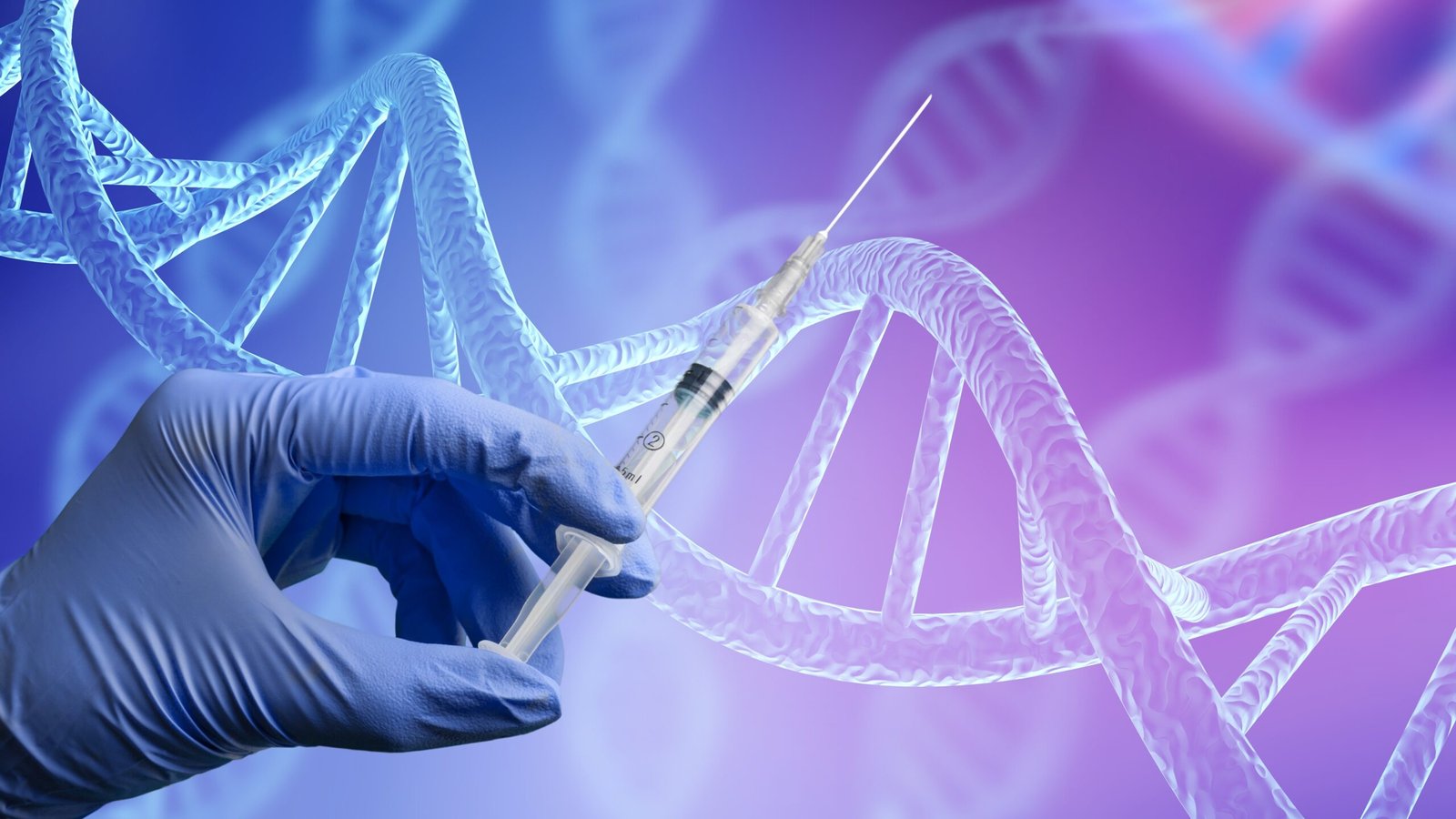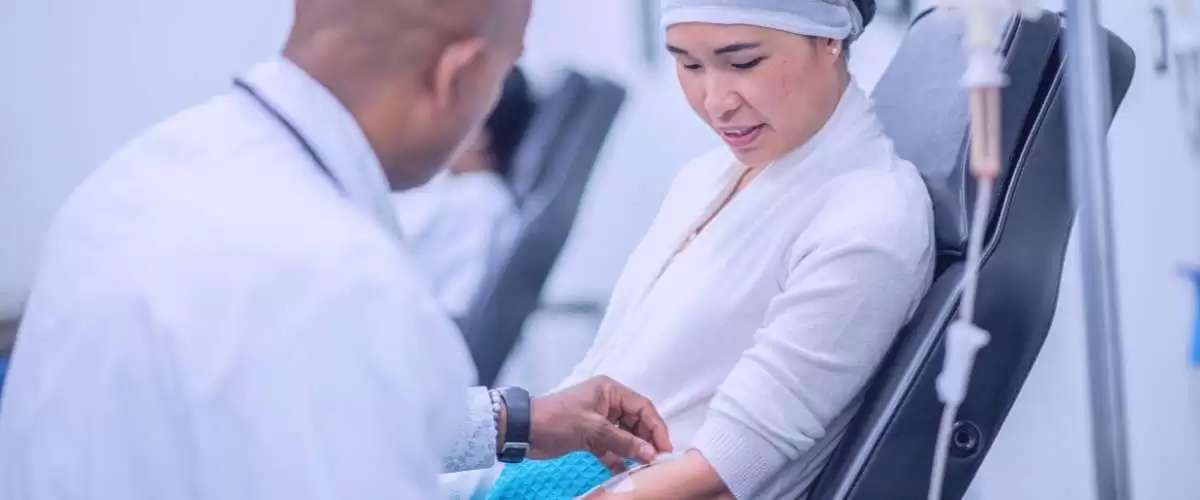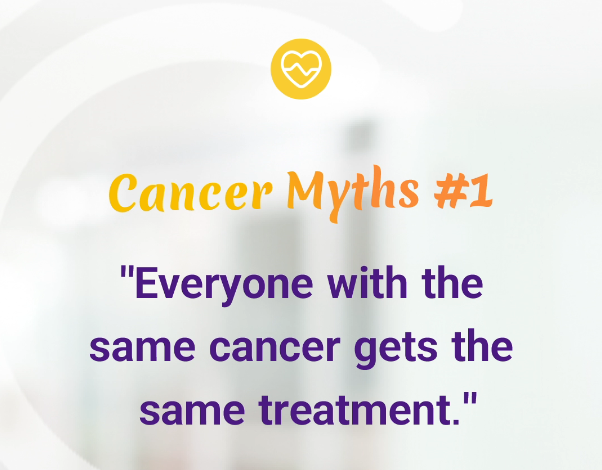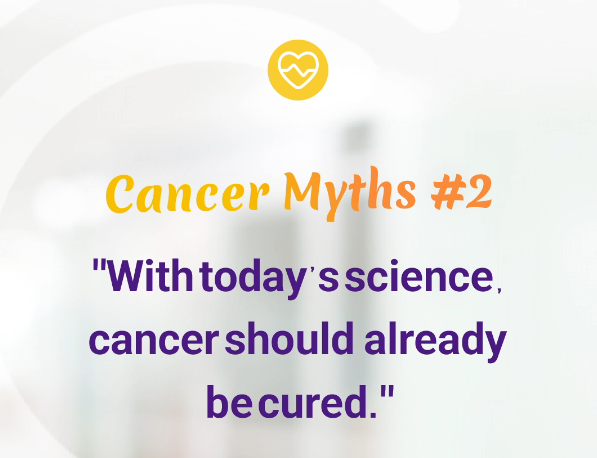What are biomarkers?
Biomarkers are medical clues inside your cancer or blood. They help your team choose the right treatment, track how it’s working, and plan what to do next.
Two ways we test
- Tissue test (biopsy): A small sample of the tumor is tested in the lab.
- Blood test (liquid biopsy): Looks for tiny pieces of tumor DNA floating in the blood. It’s a simple blood draw and can be helpful when tissue is hard to get.
Both are useful. Sometimes the blood test does not find enough tumor DNA; in that case, tissue testing may still be needed.
What the lab looks for
- DNA changes (mutations): for example EGFR, KRAS G12C, BRAF V600E
- Gene fusions/rearrangements: for example ALK, ROS1, NTRK, RET
- Protein markers: for example PD-L1 (helps guide immunotherapy), HER2, ER/PR in breast cancer
- Microsatellite status (MSI-H) / mismatch repair (dMMR): may point to benefit from immunotherapy
- Tumor mutational burden (TMB): sometimes used with other information to guide treatment
How results change treatment
Biomarkers help match patients to targeted therapy, immunotherapy, or the best chemotherapy plan. A few common examples:
- EGFR mutation (lung cancer): may point to an EGFR-targeted pill (e.g., osimertinib)
- ALK or ROS1 fusion (lung cancer): may point to an ALK/ROS1-targeted pill
- KRAS G12C (lung cancer): may point to a KRAS G12C-targeted pill
- HER2 (breast, stomach and others): may point to HER2-targeted treatments
- BRAF V600E (several cancers): may point to BRAF/MEK-targeted pills
- NTRK fusion (many rare tumors): may point to an NTRK-targeted pill
- MSI-H/dMMR (several cancers): may point to immunotherapy
- PD-L1 (several cancers): helps decide if immunotherapy is likely to help
Important: Not every biomarker has an approved treatment in every country. Your team will explain what applies to you.
When testing happens
- At diagnosis: to guide the first treatment plan.
- If the cancer comes back or changes: re-testing (tissue or blood) can show new changes that open new options.
How testing is done (in brief)
- NGS (next-generation sequencing): checks many genes at once.
- PCR: quickly checks for specific known changes.
- IHC/FISH: look at proteins or gene rearrangements under the microscope.
Results often return in 1–3 weeks. Timing varies by test and lab.
If results are “negative” or unclear
- “No actionable change”: The test did not find a change that links to a specific drug right now. Your team will use other treatments (chemotherapy, immunotherapy, surgery, radiation) and may repeat testing later.
- “VUS” (variant of unknown significance): A change was found, but we do not know what it means yet. Doctors usually do not base treatment on a VUS.
Costs and coverage (general tips)
- Ask about pre-approval with your insurer before sending samples.
- Some labs offer patient assistance programs. Your clinic can help you apply.
What to ask at your next visit
- Have we done biomarker testing on my cancer? Tissue, blood, or both?
- Which genes or markers did we test, and why?
- How do these results change my treatment now?
- Should we re-test if the cancer grows or comes back?
- Are there clinical trials that match my results?
Related reading
Quick glossary
- Biomarker: A test result that guides care (for example, a gene change or protein level).
- Mutation: A change in DNA that can drive cancer growth.
- Fusion: Two genes joined together in a way that can drive cancer.
- Liquid biopsy: A blood test that looks for tumor DNA.
- Actionable: There is a treatment or trial that matches the result.
Oncore reminder: This page is for education, not medical advice. Your treatment is personal—please discuss choices with your oncology team.









